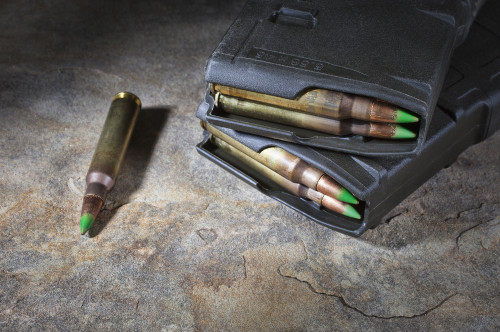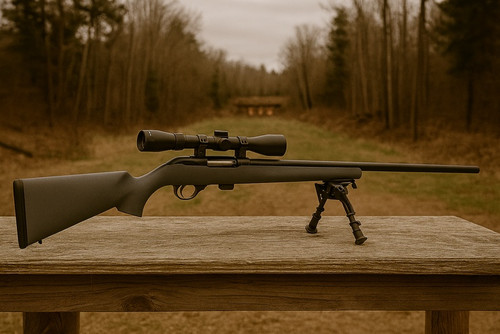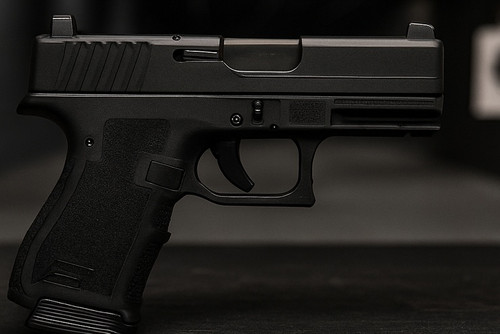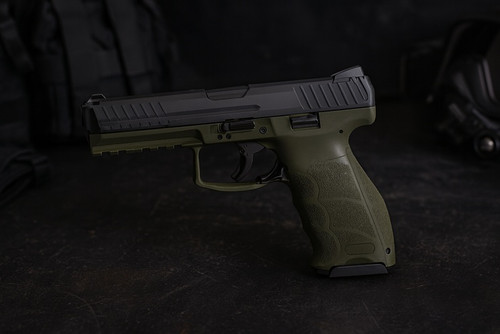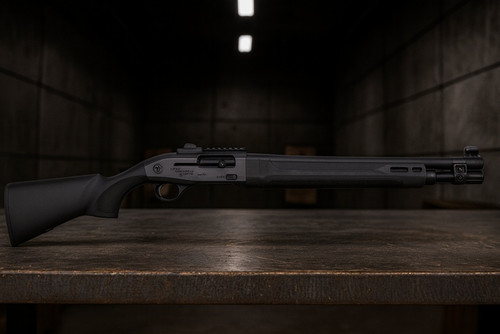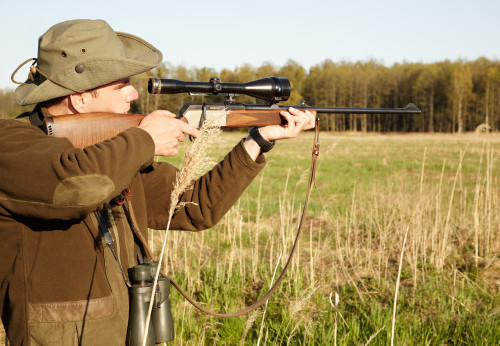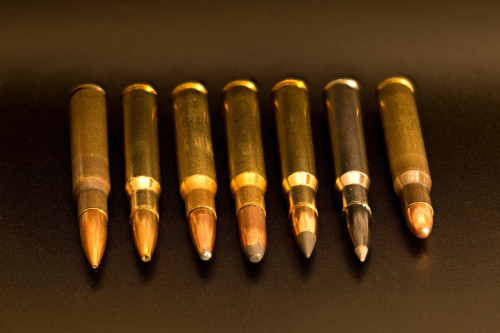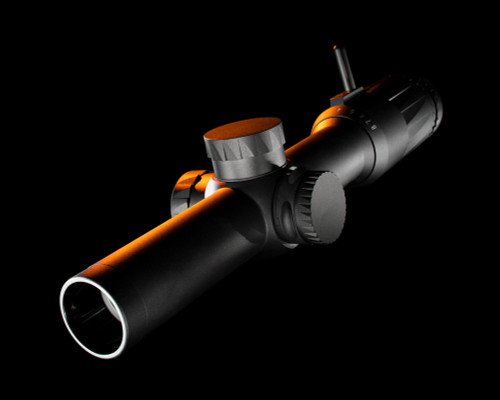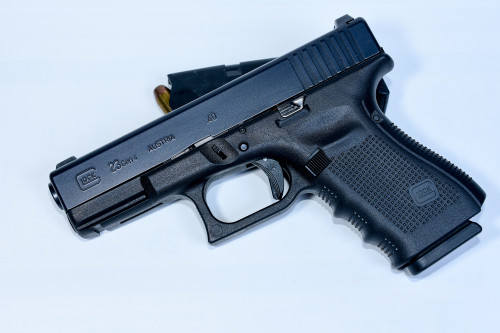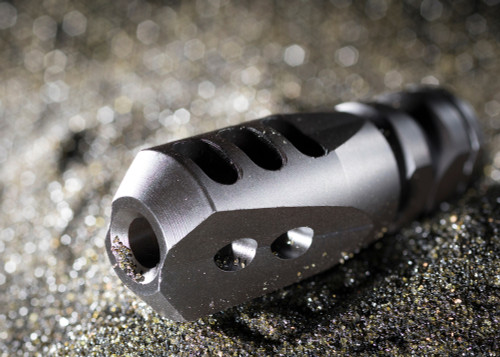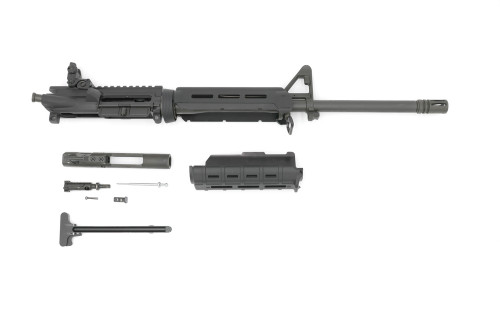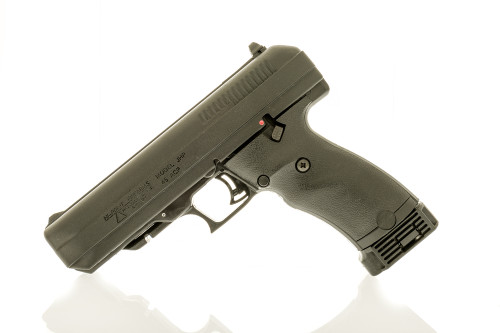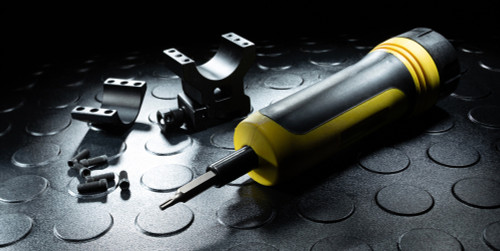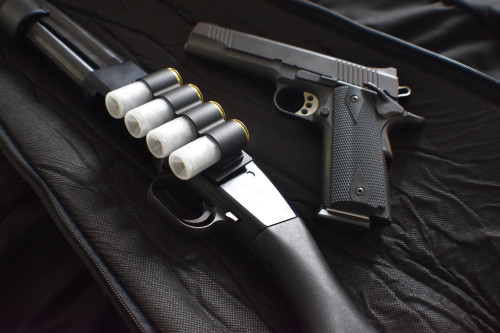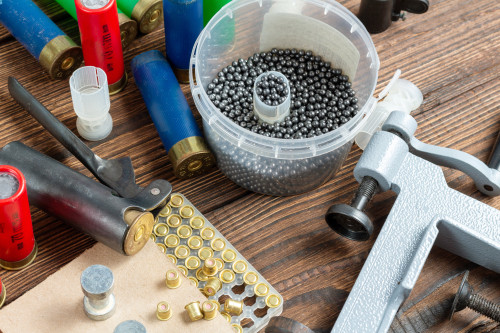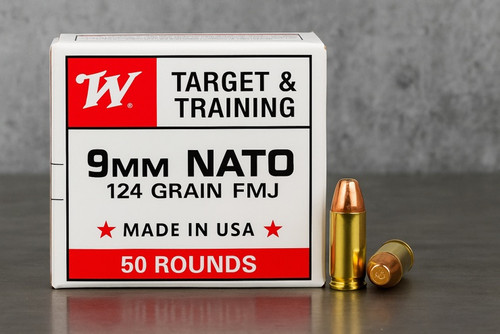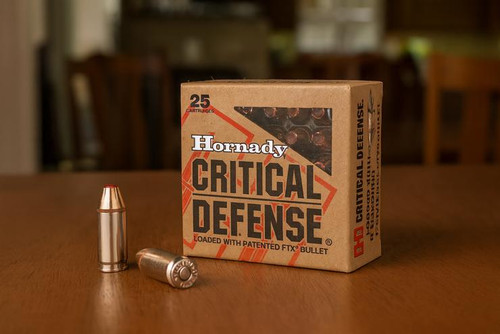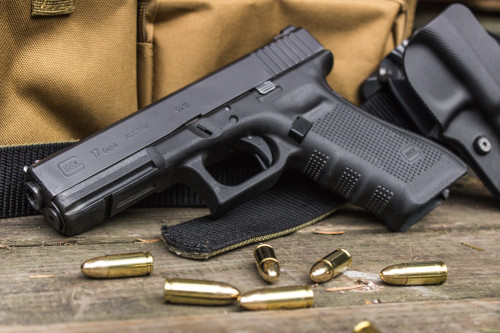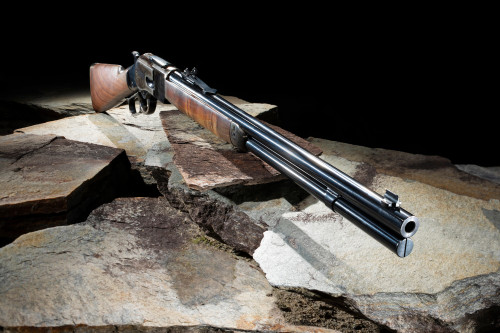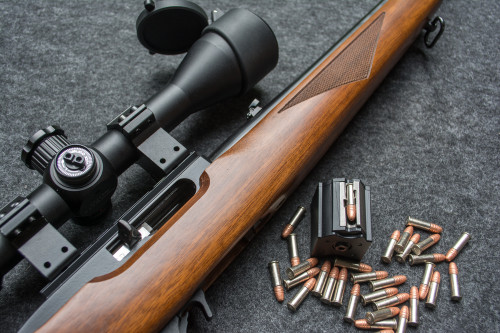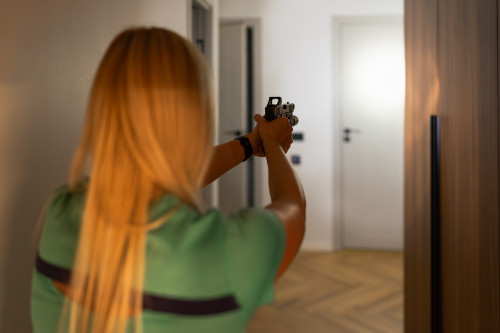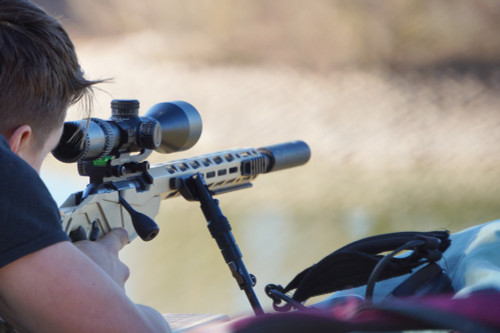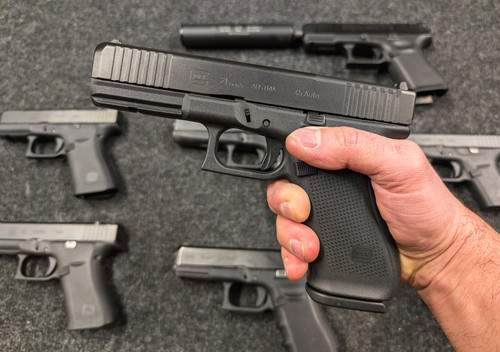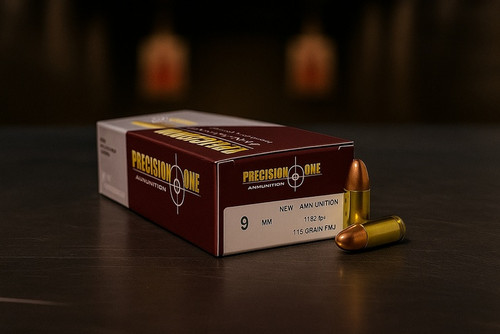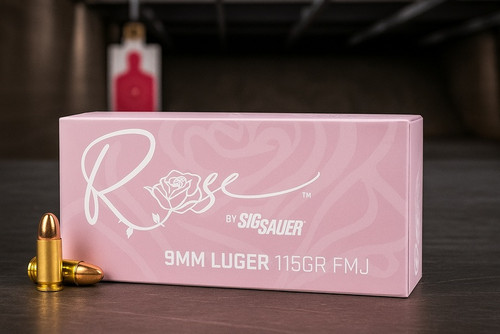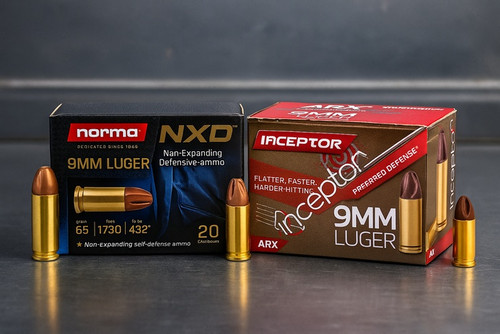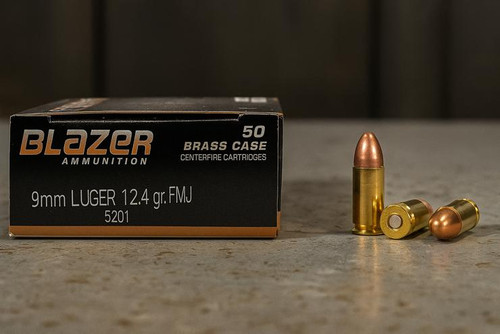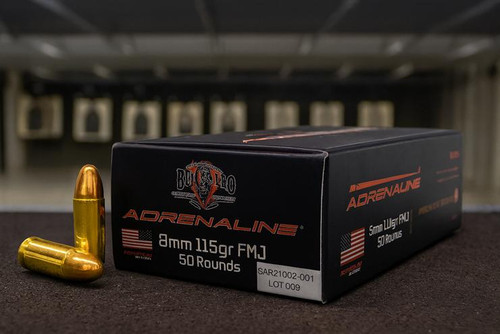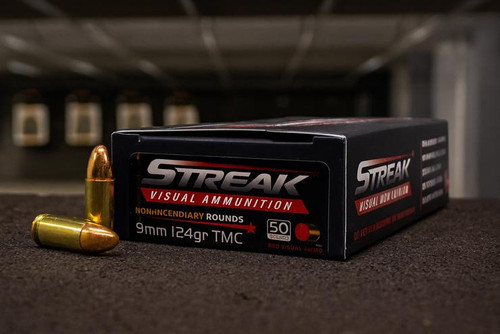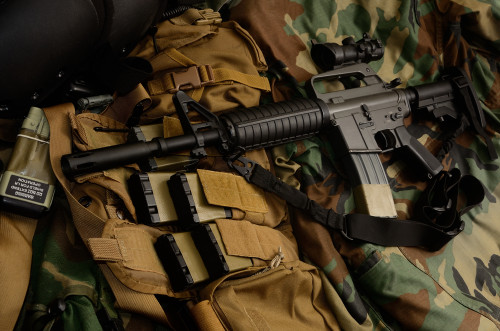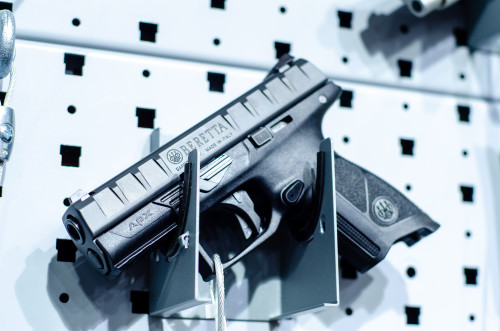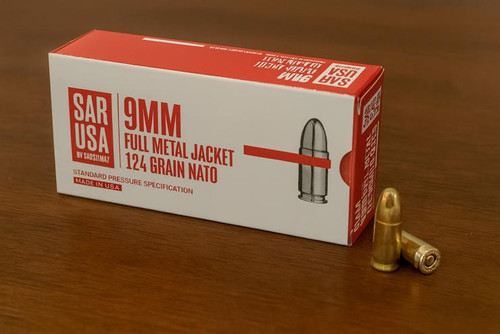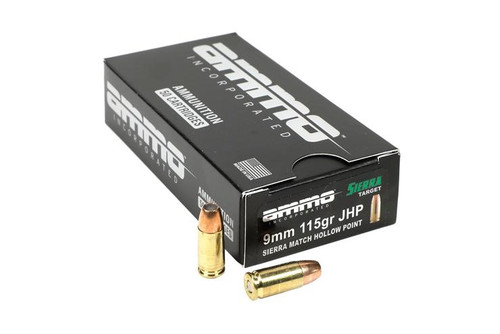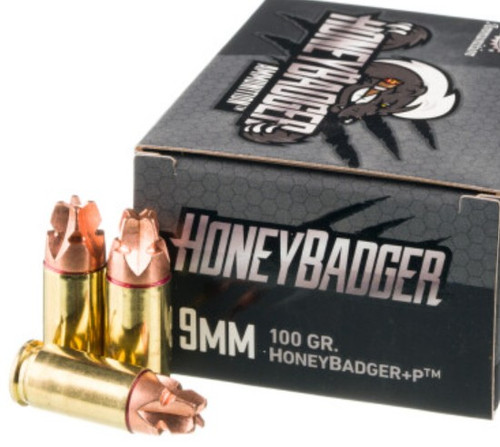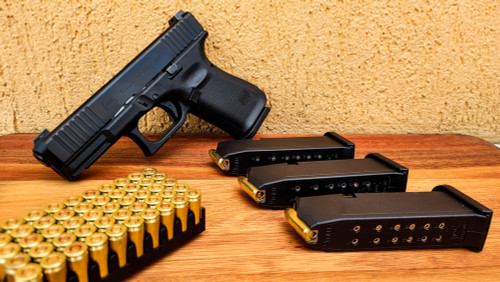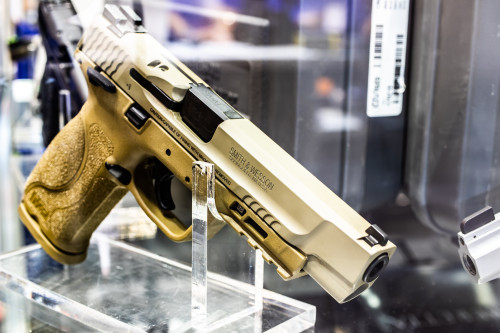Prism scopes offer a perfect middle ground for many shooters. They work better than red dots for people with astigmatism issues. These fixed-power optics bring sharp views without the bulk of full-sized scopes. They stay tough in rough conditions yet won't empty your wallet or weigh down your rifle.
Our guide explains what makes these compact optics special for everyday use. We show how their etched reticles solve the fuzzy dot problem for astigmatism sufferers. The best models of this year feature clear glass and bright aiming points. Many include reticles you can see even when batteries die, making them extra practical for serious shooters.
What Is a Prism Scope?
Unlike traditional scopes that use multiple lenses, prism scopes use a single prism to focus light. This creates a more compact package with fewer moving parts. Think of them as the middle ground between red dot sights and full-size variable scopes.
Prism scopes offer fixed magnification – typically between 1x and 5x – and therefore it makes them perfect for short to medium-range shooting. They don't zoom in and out, but this limitation brings benefits: fewer parts to break, less weight, and a smaller package.
The glass-etched reticle stands out as their biggest advantage. Even without a battery, you can still see your aiming point, unlike red dots that go dark when the battery dies. This makes prism scopes very dependable for serious use.
Prism scopes fit perfectly on carbines and defensive rifles where you need quick target acquisition but also enough magnification to reach out a bit farther than red dots allow.
Why Choose a Prism Scope?
For shooters with astigmatism, prism scopes solve a frustrating problem – the fuzzy, starburst effect many experience with red dots. The etched reticle appears crisp and clear regardless of your eye condition.
Modern prism scopes have evolved nicely. New models feature shake-awake technology that preserves battery life, brighter illumination than older models, and clearer glass. They've become lighter and tougher too.
The etched reticle gives you peace of mind. Even if your battery dies in the field, you still have a usable sight picture. Try that with a standard red dot!
Prism scopes balance capability and simplicity. They offer enough magnification for practical shooting distances without the complexity, weight, or eye relief issues of variable scopes.
How We Selected These Scopes
Our team combines years of shooting experience from different backgrounds. We gained skills through military service, competitive shooting, firearms instructions, and gun shop work. We also did deep research across trusted sources in the industry. Every scope on this list went through careful testing based on real use and feedback from shooters with astigmatism.
We looked at these key factors during testing:
- Glass clarity and brightness in all lighting conditions
- Reticle sharpness for fast target finding
- Build quality based on materials and design
- Eye relief and field of view for practical use
- Weight and size for carrying all day
- Battery life and how bright the illumination gets
- Value for the price you pay
Each scope earned its spot by meeting real shooter needs, not marketing claims. We checked how people actually use these optics across different shooting groups. This approach helped us pick scopes that perform well when it matters most.
The 5 Best Prism Scopes
1. Primary Arms SLx Cyclops Gen 2 with ACSS

The Primary Arms Cyclops Gen 2 redefines what a 1x prism can do. This tiny powerhouse offers everything you'd want in a close-range optic without the astigmatism issues of a red dot. Primary Arms took all the feedback from the first generation and created something special – smaller, brighter, and more functional.
Glass quality jumps out immediately when looking through the Cyclops. Shooters with astigmatism say the reticle stays sharp and clean. They report almost no fuzzing or star-bursting effects that often bother their vision. The ACSS reticle system provides quick targeting with its intuitive chevron design that works well for both precision shots and rapid engagements.
Illumination on the Gen 2 represents a massive upgrade from the original. Both red and green options provide clear visibility in bright daylight, and the addition of three night vision compatible settings expands its usability. While it doesn't include a shake-awake feature, the Cyclops Gen 2 offers excellent battery life. Plus, the etched reticle ensures you always have a reliable aiming point even if the battery dies.
At just 5.5 ounces, this optic feels almost nonexistent on your rifle. Its tiny footprint means you can mount it anywhere without throwing off balance. For AR platforms, home defense setups, or any application where speed matters, the Cyclops Gen 2 delivers red-dot performance without red-dot drawbacks.
Price: $269.99
Specs
- Magnification: 1x
- Weight: 5.5 oz
- Objective Lens Diameter: 17mm
- Field of View: 76.5 ft @ 100 yards
- Reticle: ACSS Cyclops
- Illumination: Red, Green with night vision modes
Features
- Compact microprism housing
- Etched reticle for battery-free use
- Compatible with night vision gear
- Multiple mounting options included
Pros
- Excellent for astigmatic users
- Clear glass with sharp reticle
- Very light and compact
- Affordable price point
- Multiple brightness and NV settings
Cons
- Chevron reticle might not suit everyone
- 1x magnification only (no zoom)
2. Vortex Spitfire HD Gen 2 3x

The Vortex Spitfire HD Gen 2 3x hits the sweet spot between magnification and compactness. Vortex built this optic to last, and it shows in every aspect of its construction. The 3x magnification provides enough zoom for mid-range engagements without sacrificing close-range capability entirely.
Eye relief is typical for a prism scope, providing a usable sight picture at about 2.6 inches. . Due to this reason it is comfortable to shoot even during extended range sessions. The AR-BDC4 reticle features a ¾ illuminated circle surrounding a 1 MOA center dot with hash marks below. This intelligent design allows for both rapid target acquisition at close range and holdovers for distance shots.
Control layout demonstrates Vortex's practical approach – large + and – buttons replace traditional dials. Therefore the adjustments are easy even with gloves. The illumination isn't the absolute brightest in direct sunlight, but remains usable in most conditions. The etched reticle ensures you always have an aiming point regardless of battery status.
Perhaps the most compelling reason to choose the Spitfire comes from Vortex's legendary warranty. Their no-questions-asked VIP warranty means this optic represents a lifetime investment. If anything ever happens to it – your fault or not – Vortex fixes or replaces it for free, forever.
Price: $301
Specs
- Magnification: 3x
- Weight: 9 oz
- Objective Lens Diameter: 21mm
- Field of View: 37.9 ft @ 100 yards
- Reticle: AR-BDC4
- Illumination: Red only
Features
- Etched reticle for clear vision without power
- Simple + / - brightness controls
- Lightweight and compact for a 3x scope
- Fast target acquisition
- Large buttons for easy use with gloves
Pros
- Excellent warranty (VIP lifetime)
- Glass-etched reticle is crisp and sharp
- Lightweight for a 3x optic
- Simple operation and controls
Cons
- No shake-awake feature
- Not the brightest under direct sunlight
3. Swampfox Saber 5x Prism Scope

The Swampfox Saber brings serious magnification to the prism scope category. At 5x, it pushes into territory typically reserved for variable scopes but maintains the prism format's ruggedness and simplicity. The 5x magnification sweet spot lets you engage targets at distances that would challenge lesser-powered optics.
Optical quality shines through its large 36mm objective lens. This generous glass gathers plenty of light, creating a bright sight picture even in less-than-ideal conditions. The Strike MOA reticle offers precision aiming points that work well for both .223 Remington and similar calibers.
Swampfox added a truly innovative feature to the Saber – mounting platforms on both sides specifically designed for mini red dots with Shield RMSc footprints. This smart addition lets you mount a secondary red dot for close-range work, effectively giving you the best of both worlds without needing to swap optics.
Weight represents the obvious trade-off here. While the Saber maintains a shorter length compared to many LPVOs, it carries a similar weight burden. At 24.7 ounces and over 5 inches long, it’s comparable in size and heft to optics like the Vortex Strike Eagle 1-6x24. The fixed 5x magnification eliminates the need for power ring adjustments when transitioning between distances.
Price: $330
Specs
- Magnification: 5x
- Weight: 24.7 oz
- Objective Lens Diameter: 36mm
- Field of View: 30.9 ft @ 100 yards
- Reticle: Strike MOA
- Illumination: Red and Green
Features
- Side mounts for mini red dots
- Shake awake technology
- MOA-based holdover system
- Crisp 5x zoomed image
- Large 36mm lens for brightness
Pros
- Excellent for mid-to-long range precision
- Dual illumination and etched reticle
- Wide and bright sight picture
- Red dot compatibility adds versatility
Cons
- Heavier than other prisms
- Not ideal for close quarters
- More niche in application
4. Primary Arms SLx 3x MicroPrism

The Primary Arms SLx 3x MicroPrism might just represent the perfect balance in the prism scope world. It packs 3x magnification into a package barely larger than some red dots. This engineering feat creates an optic that excels at both close-range speed and mid-range precision without compromising either.
Primary Arms offers this scope with two reticle options – the ACSS Raptor or ACSS Griffin. Both feature the company's Advanced Combined Sighting System, providing bullet drop compensation, range estimation, and moving target leads in one intuitive package. The "donut of death" upper portion speeds up close-range engagements, yet the BDC below helps with precision shots out to several hundred yards.
Mounting flexibility stands out as another key advantage. Primary Arms includes multiple mounting options that accommodate different rifle platforms and user preferences. Whether you need absolute co-witness, lower 1/3 co-witness, or a higher mount for specific applications, everything comes right in the box.
At just under 8 ounces, this optic keeps your rifle feeling light and balanced. The 38-foot field of view at 100 yards proves impressive for a 3x optic. For this reason it makes target tracking smooth and natural. Add in the shake-awake illumination and daylight-bright reticle, and you have perhaps the most well-rounded prism scope on the market.
Price: $319
Specs
- Magnification: 3x
- Weight: 7.95 oz
- Objective Lens Diameter: 23mm
- Field of View: 38 ft @ 100 yards
- Reticle: ACSS Raptor, ACSS Griffin
- Illumination: Red or Green
Features
- Half a dozen mounting options included
- Extremely compact size
- Bright reticle with BDC and ranging
- Shake awake and multiple brightness levels
- Great for both 5.56 and .300 BLK setups
Pros
- Best all-around choice for most shooters
- High-quality reticles
- Great balance of size, clarity, and usability
- Extremely versatile for different platforms
Cons
- Some reticle variants may be out of stock
- Not the cheapest option
5. Swampfox Trihawk 3x Prism Scope

The Swampfox Trihawk takes a different approach to the prism world – it prioritizes field of view above all else. With an incredible 52-foot field of view at 100 yards, it offers a viewing experience that feels almost panoramic compared to other prism scopes. This expansive sight picture makes target tracking and situational awareness exceptional.
Size matters with the Trihawk, but in reverse of what you might expect. This is deliberately a larger optic, measuring 4.55 inches long and 3.43 inches high. This "macroprism" design enables its class-leading field of view through a large 28mm objective lens that provides excellent light transmission and a bigger viewing window.
Reticle options give users flexibility based on their needs. Choose between a caliber-specific BDC for 5.56 or .308, or opt for the MOA ladder reticle that works with any caliber. Both come etched into high-quality glass that provides excellent clarity across the entire field of view.
Price point makes the Trihawk appealing despite its larger size. For around $329, you get optical performance that punches above its weight class. The glass clarity, generous exit pupil, and wide field of view create an extremely usable optic for hunting, competition, or tactical applications where situational awareness matters.
Price: $329
Specs
- Magnification: 3x
- Weight: 15.4 oz
- Objective Lens Diameter: 28mm
- Field of View: 52 ft @ 100 yards
- Reticle: 5.56/.308 BDC or MOA Ladder
- Illumination: Red, Green
Features
- Massive 30mm lens for excellent light transmission
- Large exit pupil for easy target acquisition
- BDC or MOA options for reticle
- Affordable price point
- Crisp glass quality for the price
Pros
- Best-in-class field of view
- Great for target tracking
- Clear, bright sight picture
- Versatile reticle choices
Cons
- Heavier than other 3x optics
- Larger overall footprint
- Reticle could be brighter under intense sunlight
Pros & Cons of Prism Scopes
Pros
- Etched reticles work without batteries
- Crisp view for astigmatic users
- Durable, fixed magnification designs
- Often smaller than LPVOs
- Bright, usable in daylight
Cons
- Eye relief can be limited
- Less flexible than variable optics
- Daylight brightness varies across models
- Not ideal for extreme long-range shooting
- Heavier than red dots
What About ACOGs?

No discussion of prism scopes would be complete without mentioning the grandfather of modern combat prisms – the Trijicon ACOG. These battle-proven optics set the standard for durability with their bombproof construction and tritium/fiber optic illumination that needs no batteries.
ACOGs still represent the gold standard for combat prism optics, but they come with significant downsides for civilian users. The price tag starts around $1,000 and climbs quickly from there. They also tend to be heavier than newer prism designs. Some ACOG models, like the TA31, have notably tight eye relief (around 1.5 inches), while others, such as the TA11, improve on this with approximately 2.4 inches of eye relief.
For military applications or those who demand ultimate durability above all else, ACOGs remain excellent choices. But for most shooters, the modern prism options we've covered offer better value, better eye relief, and features more suited to practical civilian use.
If you're interested specifically in ACOGs or their more affordable clones, check out dedicated reviews focused just on those options – they deserve their own comprehensive coverage.
Final Thoughts
Finding the right prism scope means matching your needs to each model's strengths:
For the lightest option when shooting with astigmatism, the Primary Arms Cyclops Gen 2 offers red dot function without fuzzy reticle issues.
Shooters seeking a great all-around performer with good balance will prefer the Primary Arms SLx 3x MicroPrism. It combines small size with an excellent reticle design.
Those who value top warranty protection should consider the Vortex Spitfire HD Gen 2 3x. It backs it's good performance with lifetime coverage.
Marksmen needing more distance for their rifles will appreciate the Swampfox Saber 5x. It extends your range without giving up too much close-quarters ability.
Field of view enthusiasts will love the Swampfox Trihawk 3x. It gives you wider awareness than any other prism scope available.
Prism scopes keep growing in popularity between red dots and variable optics. These optics improve each year with new features. They serve shooters with astigmatism or anyone wanting fixed power with etched reticles in tough, compact packages.

Hornady 300 BLK 190gr Sub-X
$31.02
at Pro Armory
Prices accurate at time of writing
Frequently Asked Questions
Do prism scopes actually help with astigmatism?
Yes! The etched reticle design creates a crisp aiming point that appears clear even to users with astigmatism. Unlike red dots, which can appear fuzzy or starburst-shaped to astigmatic eyes, prism scopes present a sharp reticle regardless of your eye condition.
Can I use a prism scope without batteries?
Absolutely. Every prism scope has its reticle physically etched into the glass. This means you'll always have an aiming point even if your battery dies or you choose not to use illumination. The black reticle remains visible against most backgrounds.
Are prism scopes good for home defense?
They can be excellent for home defense, especially 1x or 3x models. The etched reticle works in any lighting condition, and many modern prisms offer illumination for low-light situations. Their compact size and quick target acquisition make them practical for defensive use.
What's the main difference between a prism scope and an LPVO?
The biggest difference is that prism scopes have fixed magnification, so you can't zoom in or out. LPVOs offer variable magnification but tend to be longer, heavier, and more complex. Prism scopes are typically more compact and simpler to use but lack magnification flexibility.
How far can I effectively shoot with a 3x prism scope?
With a 3x prism scope, most shooters can effectively engage targets out to 300-400 yards, depending on your skill level and the cartridge you're using. The fixed 3x magnification provides enough detail to make accurate shots at these distances without making close-range shooting too difficult.
Do prism scopes work with magnifiers?
Generally no. Unlike red dots, adding a magnifier behind a prism scope isn't recommended because prism scopes already contain magnification and complex optical systems. Stacking these optical systems typically results in poor image quality or unusable eye relief.




 Pro Armory Editorial Team
Pro Armory Editorial Team
